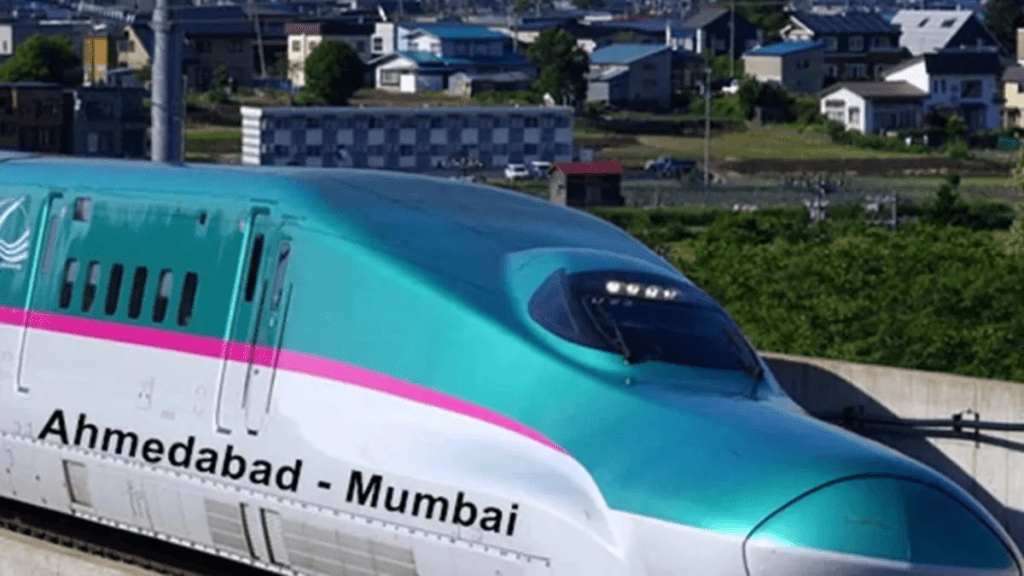In a significant milestone for India’s infrastructure development, the first breakthrough has been achieved in the 21-km tunnel between Bandra-Kurla Complex (BKC) and Shilphata in Maharashtra—part of the country’s first bullet train corridor. The breakthrough, recorded on July 9, 2025, marks the successful excavation of a continuous 2.7-km tunnel section.
Of the total 21 km, 5 km of tunnel is being constructed using the New Austrian Tunnelling Method (NATM) between Shilphata and Ghansoli, while the remaining 16 km is being built using Tunnel Boring Machines (TBMs). Notably, the tunnel includes a 7-km undersea stretch beneath Thane Creek—an engineering first in India.
To speed up tunnelling in the NATM section, an Additionally Driven Intermediate Tunnel (ADIT) was constructed, allowing excavation to proceed from both Ghansoli and Shilphata directions. As of now, 1.62 km has been dug from the Shilphata side, taking total progress in the NATM section to 4.3 km.
Comprehensive safety systems such as piezometers, inclinometers, strain gauges, ground settlement markers, and biometric access control have been deployed to ensure safety and minimal disturbance to surrounding areas.
India’s First Bullet Train Project: Fast-Tracking the Future
The 508-km Mumbai–Ahmedabad High Speed Rail corridor, India’s first bullet train project, is set to transform connectivity between Maharashtra and Gujarat. Originating from BKC in Mumbai, the high-speed train will operate at 320 km/h and cut the travel time to just 2 hours and 7 minutes (with limited stops).
The corridor will link Mumbai with industrial towns like Boisar, Bharuch, Ankleshwar, and the upcoming Vadhvan Port, while enhancing economic integration with cities like Surat, Vadodara, Anand, and Ahmedabad. The route will include 10 stations—Thane, Virar, Boisar, Vapi, Bilimora, Surat, Bharuch, Vadodara, Anand, Ahmedabad—terminating at Sabarmati.
/

